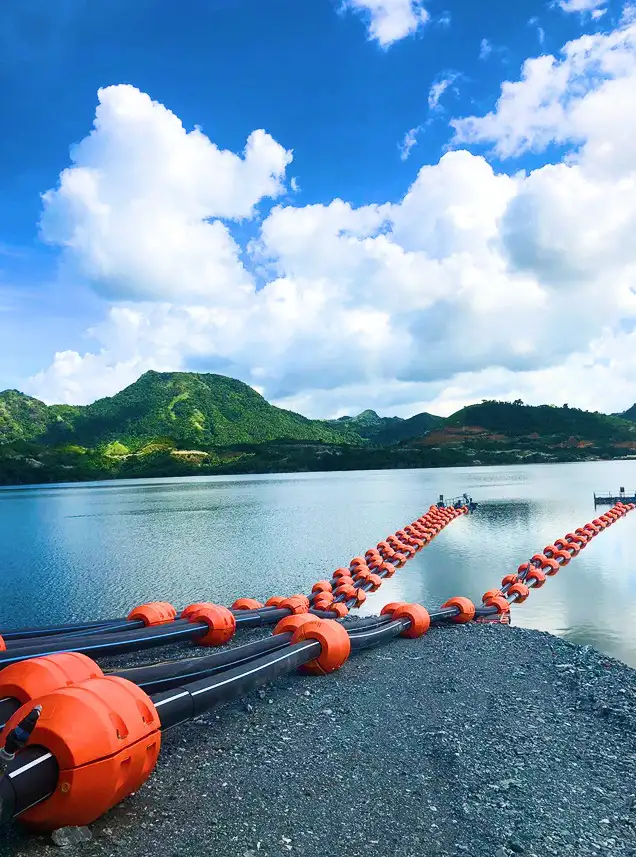Time: 2025-06-19 02:55:43 Source: Max Pipe
HDPE is a thermoplastic polymer renowned for its high strength-to-density ratio, making it both lightweight and incredibly durable. Large diameter HDPE pipes typically refer to those with an outside diameter exceeding 500mm, extending to over 1600mm for custom industrial applications. These pipes are manufactured through extrusion molding, often incorporating anti-UV materials and sometimes featuring enlarged or flared ends for easy, welding-free connections.
The demanding nature of sand suction and dredging operations, which involve transporting highly abrasive slurries and operating in corrosive environments (like saltwater), makes HDPE an ideal choice due to its distinct advantages:
Exceptional Wear Resistance: HDPE pipes exhibit superior abrasion resistance compared to traditional materials like steel and concrete. Studies show HDPE can outperform steel pipes in abrasive slurry applications by 4-8 times, leading to significantly longer service life and reduced replacement costs. Its smooth inner wall also minimizes friction and facilitates efficient flow, reducing pressure loss and energy consumption.
Corrosion Resistance: Unlike metal pipes, HDPE is highly resistant to corrosion from saltwater, chemicals, and acidic environments, preventing degradation and ensuring long-term integrity in marine and industrial settings.
Lightweight and Flexible: HDPE pipes are considerably lighter than steel, making them easier to transport, handle, and install. Their inherent flexibility allows them to adapt to uneven terrain and dynamic water environments, reducing the need for numerous fittings and simplifying complex pipeline layouts. This flexibility also contributes to their resistance against surge and seismic activity.
Leak-Free Joints: HDPE pipes can be joined through heat fusion (butt fusion or electrofusion), creating a monolithic, seamless, and virtually leak-free connection. This is crucial for preventing material loss and minimizing environmental impact in dredging projects.
Buoyancy: HDPE's low specific gravity gives it inherent buoyancy, allowing dredge pipes to float on water, which simplifies installation and reduces the need for additional flotation devices.
Cost-Effectiveness and Longevity: The durability, low maintenance requirements, and extended lifespan (often exceeding 50 years, with potential for over 100 years) of HDPE pipes contribute to significant cost savings over the project lifecycle compared to other materials.
Environmental Friendliness: HDPE is a non-toxic material that does not leach harmful chemicals into the environment and is recyclable, enhancing the sustainability of dredging projects.
Large diameter HDPE pipes are indispensable in various dredging and material transport applications, including:
Transporting sand, mud, and slurry in dredging projects, sand suction operations, and seawater treatment.
Conveying mine tailings and slurries in the mining industry.
Transporting pulverized coal and coal-water slurry in the coal industry.
Handling mud and corrosive media with slag in the chemical industry.
Marine and river dredging operations, including land reclamation and maintaining navigation channels.
In conclusion, large diameter HDPE pipes offer a robust, efficient, and environmentally conscious solution for sand suction, providing unparalleled durability, flexibility, and resistance in the most demanding material transport applications.
